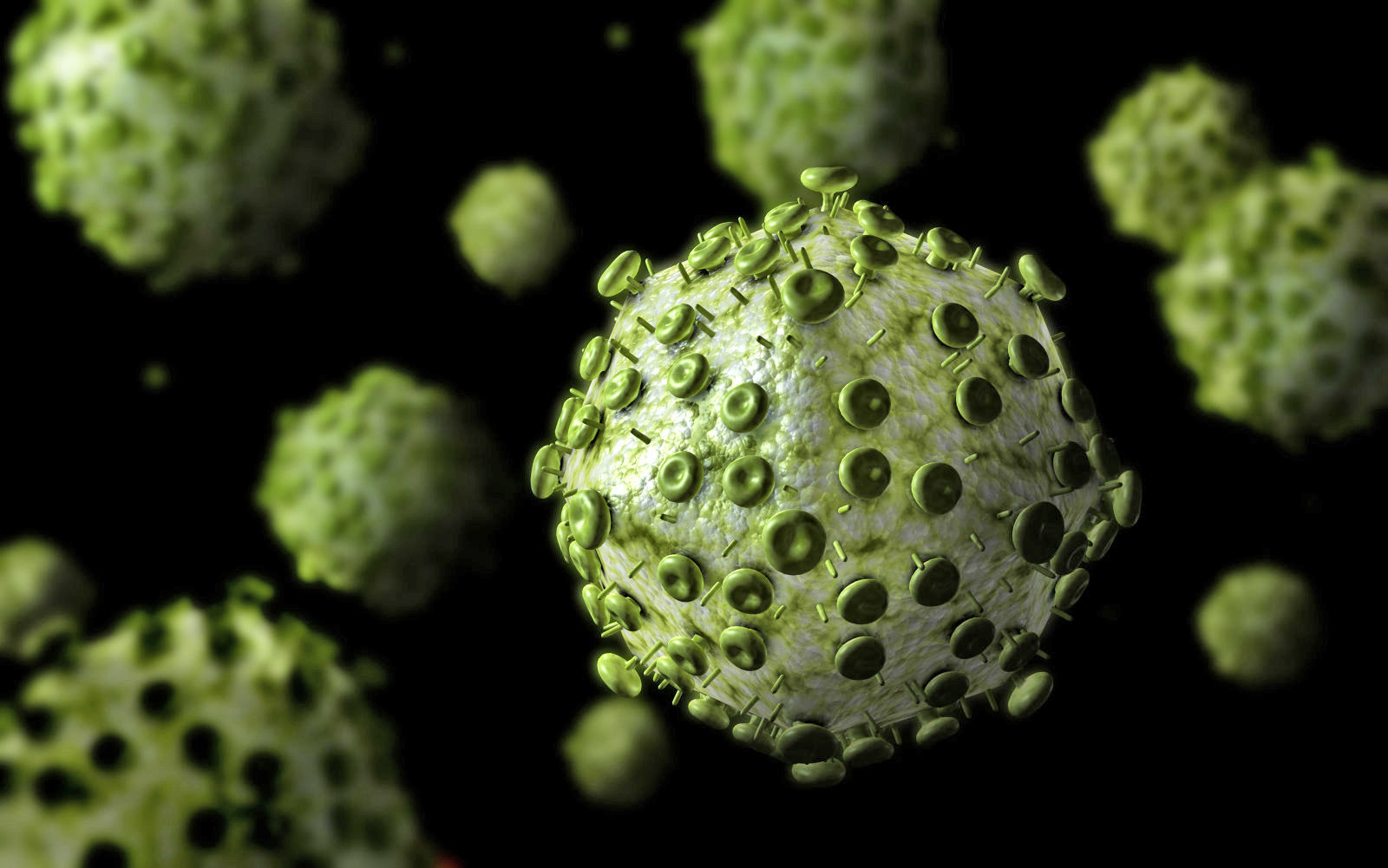 Getty Images/Stocktrek Images
Getty Images/Stocktrek Images
AIDS patients must endure a lifetime of drugs because the virus conceals itself in the immune system and reactivates with a vengeance once the treatment stops. However, French scientists have discovered a marker that makes it possible to identify dormant, HIV-infected T-cells from healthy ones. That could lead to drugs that target those "reservoir cells," eradicating the virus completely and curing the patient.
Expensive HIV antiretroviral drug regiments massively knock down levels of the virus, letting patients lead relatively normal lives. However, a tiny number of the virus cells remain in around one in a million disease-fighting T-cells. Once the therapy is stopped, the virus rapidly multiplies, meaning the patient can never be totally cured.
However, while working with infected cells in a lab, the team from Montpellier University noticed a biomarker protein called CD32a that wasn't present in healthy cells. They then studied blood samples from 12 HIV patients living under treatment and isolated cells expressing that marker. Using an antibody that sticks to CD32a, the team pulled cells expressing the protein from those samples and, as expected, they were laden with hidden HIV. "You absolutely could not have done that before now," says lead author Monsef Benkirane.
The fact that this work has been done by such competent investigators, and the data looks good, makes me optimistic.
It turned out that almost all the T-cells expressing the same protein were "reservoir cells" loaded with the virus. By contrast, neither normal T-cells or those that carried active HIV virus (that can be killed by antiretroviral drugs) did not show the same marker.
Unfortunately, CD32a was not present on all the T-cells caching latent HIV, so drugs targeting the marker wouldn't kill enough of the virus to cure a patient. However, it's still a huge breakthrough, marking the first time researchers have been able to identify latent virus cells after trying since 1996. The technique could be used to augment "kick and kill" treatments that activate latent virus and then kill it with antiretroviral drugs.
Next, the Montpellier team will try to duplicate the findings on a more diverse group of patients and test tissue that HIV usually infects from the stomach and lymph nodes. Tony Fauci, director of the US National Institute of Allergies and Infectious Disease, is cautiously hopeful that it will lead to something. "The fact that this work has been done by such competent investigators, and the data looks good, makes me optimistic," he told Nature.